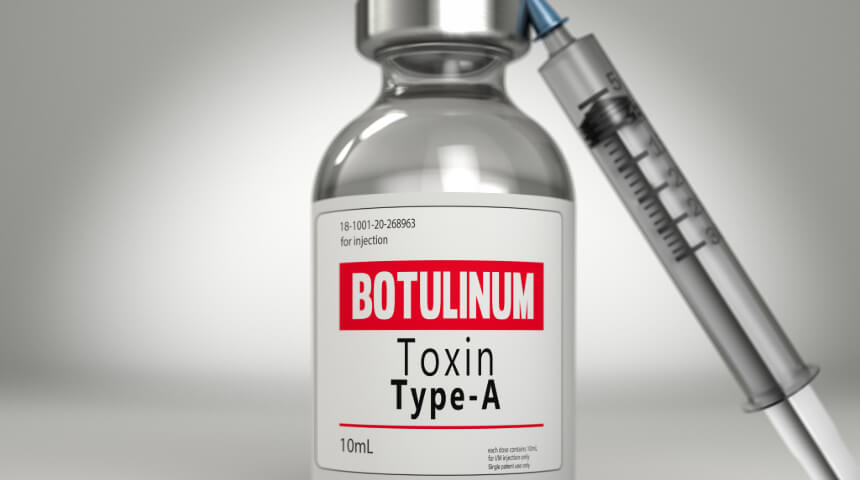Doctor Won’t Prescribe Antibiotics for Your Child? Here’s Why
As a parent, you want your sick child to feel better. And sometimes you may not understand why a pediatrician will not prescribe antibiotics to make that happen.
How Do Antibiotics Work?
Antibiotics are medications that fight bacterial infections by killing bacteria or stopping their growth. Some antibiotics work better for infections in specific parts of our body. Your child’s provider can sometimes diagnose a bacterial infection based on symptoms and a physical exam, but other times your provider will wait for a lab test called a culture to identify if bacteria is present and what type it is. Then, your child’s provider will choose an antibiotic based on the bacteria and your child’s antibiotic history.
Common bacterial infections in children include:
- Ear infections
- Urinary tract infections
- Pneumonia
- Skin infections
- Sinusitis
Bacteria Vs. Viruses
Bacteria and viruses are both microorganisms that can make your child sick. They can cause similar symptoms and affect many parts of your child’s body. In general, antibiotics treat bacterial infections and antivirals treat viral infections. There are many more antibiotics than antiviral medications, which is why medications are not prescribed when children are diagnosed with viral infections.
Because antibiotics do not fight viruses, these medications will not help clear a viral infection and may cause side effects that make your child feel even worse.
Sometimes symptoms of viral and bacterial infections overlap. Ask your child’s provider when they expect symptoms to improve. If your child develops new, persistent or worsening symptoms, it is important to be reevaluated because bacterial infections sometimes develop after viral infections.
Additionally, young children are likely to develop frequent respiratory infections — which can be viral or bacterial — especially when they start daycare or first go to school. This process is part of building a healthy immune system.
Overuse of Antibiotics
One of the risks of taking unnecessary antibiotics is developing resistance, which means that bacteria learn how to outsmart the antibiotics so the medication becomes less effective or ineffective at treating the bacterial infection. Once resistance develops, alternative antibiotics must be used, which may have more severe side effects. This could be more risky in pediatrics because children have a lifetime of potential antibiotic exposure ahead of them.
Sometimes antibiotic resistance only affects individuals, but it also can affect entire communities. For example, a child who has taken many courses of antibiotics for frequent urinary tract infections (UTIs) may start to get UTIs caused by stronger bacteria and require stronger antibiotics. Similarly, when many people get infections from stronger bacteria, we call this community resistance.
With decades of widespread exposure to antibiotics, “super bugs” have emerged, such as MRSA (methicillin-resistant Staphylococcus aureus), which can cause many common illnesses. Resistant bacteria can make children sicker and increase the risk of requiring hospitalization to treat the infection.
You can help prevent your child from developing antibiotic resistance by following two simple rules: only give antibiotics for bacterial infections, not viral infections, and make sure your child completes the full course of antibiotics that were prescribed.
Other Concerns with Antibiotics
Antibiotics not only destroy bacteria that make your children sick, but they also destroy bacteria that keep them healthy. For example, antibiotics change the balance of good and bad bacteria in the gut, which leads to diarrhea and an increased risk of fungal infections. Having your child take probiotics while taking or right after taking antibiotics can help maintain a healthy balance of bacteria, which decreases gastrointestinal symptoms and the risk of getting a fungal infection. Taking antibiotics with food also helps to ease stomach upset.
Antibiotics also have other side effects, such as rash and, less commonly, kidney or liver damage or allergic reactions.
Treating Viruses in Children
Children with healthy immune systems will fight off the virus on their own. In general, the best way to treat symptoms from viral infections is with supportive care. The type of supportive care depends on the child’s symptoms and can include nonprescription or nonmedication options. For example, acetaminophen, ibuprofen, popsicles and cool baths can help with fever; nasal saline with bulb suction and cold humidifiers can help with congestion; and honey can help with cough for children older than one year.
Your child’s pediatrician will help you and your child navigate the different types of illnesses to establish a foundation for a healthy future.
Choose to Stay in Touch
Sign up to receive the latest health news and trends, wellness & prevention tips, and much more from Orlando Health.
Sign Up










